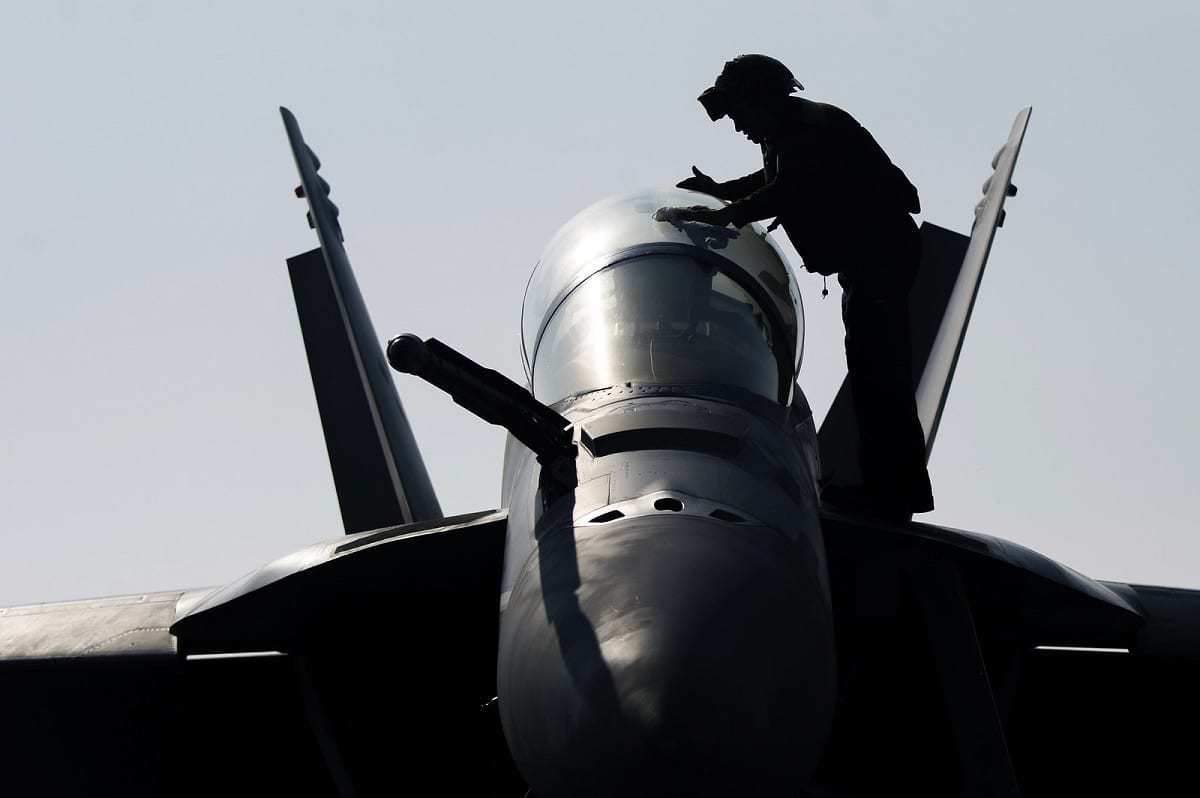China-focused defense experts are buzzing around the news that China used its much-analyzed DF-21D and DF-26B anti-ship missiles (aka the ‘carrier-killer‘ missiles) to hit an oceangoing vessel. While the news is not exactly new, what is new is that the missiles did not just land in the sea, but hit a moving target–something not easy to do.
Considering the interest in this topic, we spoke to Dr. Roger Cliff, one of the most authoritative experts on Chinese military technology and doctrine to get his thoughts on this topic.
First, let me get a sense of what you make of China’s apparent successful targeting back in August of an oceangoing vessel using DF-21D and DF-26B anti-ship ballistic missiles (ASBMs). Did the test surprise you? What stood out to you?
No, the test didn’t really surprise me, at least not in a general sense.
They have been developing this capability for years now and were assessed to have an initial operational capability with the DF-21D about a decade ago, so I am more surprised that they had NOT previously done a live test (if this was, in fact, the first live test).
I don’t believe the claims that the test was in direct response to the intrusion of a U.S. U-2 into a claimed Chinese “no-fly zone” in the Bohai Gulf the previous day, however.
I’m sure a test like this was planned weeks or months in advance, though they may have been waiting for some sort of incident to occur so as to maximize the propaganda value of the test (domestically, to show that China was responding strongly to U.S. “bullying” and, internationally, to deflect criticism for conducting such a provocative test).
Clearly, such weapons need an advanced chain of systems to secure proper targeting, guidance, command and control, and other technology to ensure the missile hits the target. In your view, does China have the necessary backend infrastructure to ensure ASBMs in wartime work?
It is unclear to me whether China has the necessary backend infrastructure to ensure ASBMs work in wartime.
As you imply, potential targets have to first be found. This could theoretically be done using satellites, over-the-horizon radars, manned or unmanned aircraft, submarines, or even fishing boats. All of these methods have limitations, however. Satellites and radars can be dazzled, jammed, or spoofed, and aircraft, submarines, or fishing boats might have trouble getting close enough to certain targets (e.g., an aircraft carrier) to be able to get a precise fix on their location. If they succeed, the information they collect then has to be transmitted back to some sort of processing center that can confirm that it is in fact a naval vessel and not, say, a container carrier or hospital ship, and then relayed to a missile unit that is within firing range. And all that has to happen quickly enough that the ship is still relatively close to where it was when spotted.
I have not seen any publicly available information to indicate whether China has all the nodes and linkages needed to make that happen. That doesn’t mean they don’t have those things, but in the absence of information, it is difficult to assess how robust that infrastructure is.
Back in 2013 when I was Editor-In-Chief at the Diplomat I had asked you about how the U.S. would defend against such weapons, such as with the SM-3 or other missile defense platforms. How have U.S. defenses against ASBMs advanced over the years? Are missile defenses the answer? Decoys? Cyberweapons? A combination of all?
The most effective defense is likely to be a combination of elements.
U.S. sea-based missile defenses have definitely improved since 2013. Back then the U.S. Navy probably had a total of about 30 SM-3s and 90 SM-6s. Now I estimate that the Navy has acquired about 400 SM-3s and 850-1,000 SM-6s. That means that each of the ~45 Aegis BMD ships currently operational probably carries about 9 SM-3s and that all Aegis ships probably carry 10-12 SM-6s, which are capable of endo-atmospheric interceptions of ballistic missiles. Shorter-range weapon systems such as Rolling Airframe Missiles may also be able to intercept anti-ship missile warheads. Decoys, multi-spectral smoke, and cyber weapons can be used to throw the warheads off target. And, of course, efforts to prevent high-value targets like aircraft carriers from being detected in the first place are part of the answer. As I said above, these can include dazzling, jamming, and spoofing satellites and radars and keeping aircraft, surface vessels, and submarines well away from high-value targets.

